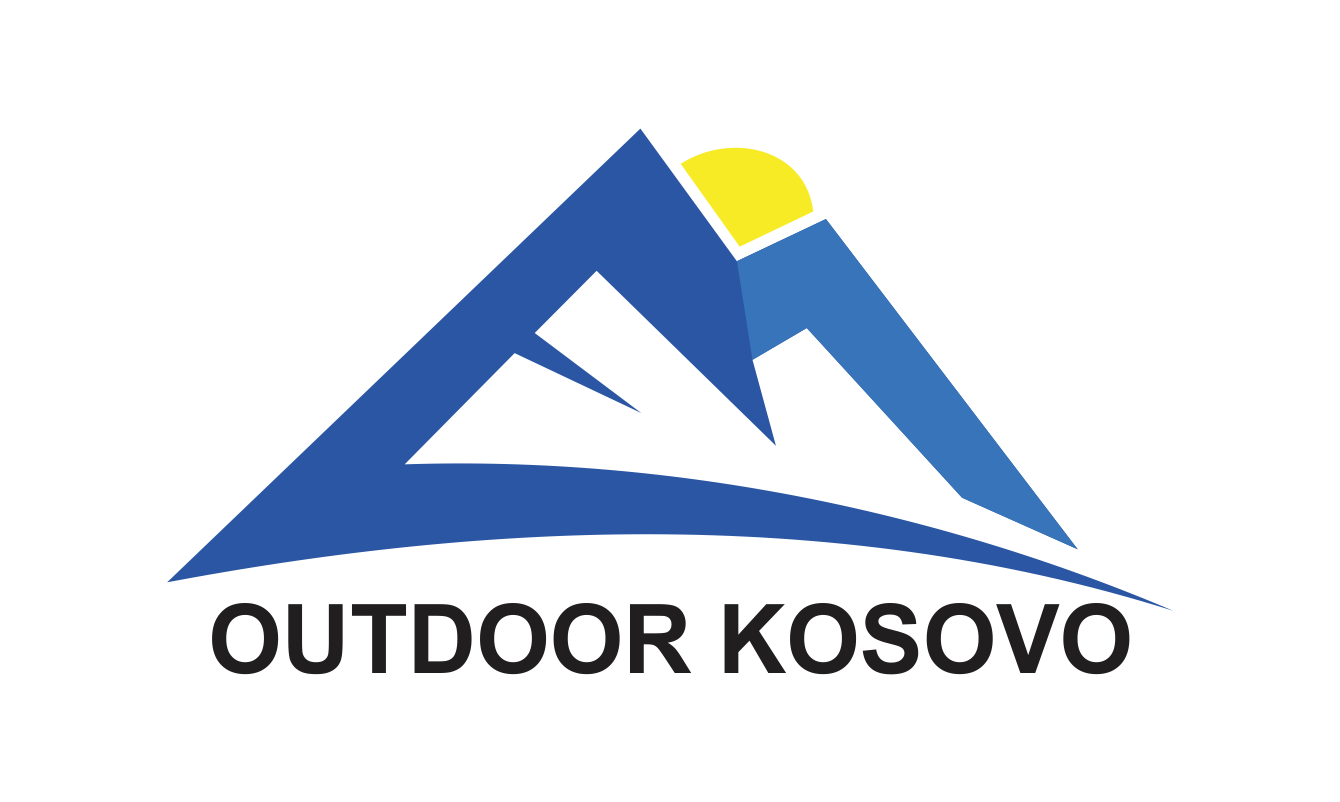History
Albania has been independent only since 1912. It was the last country in Europe to gain its independence from the Ottoman Empire, and in its first 30 years as a modern state it was invaded and occupied, at different times, by all its neighbours. The government which took over in 1944 used a combination of terror, nationalism and isolation to retain power until long after the communist regimes elsewhere in Europe had fallen. Civil unrest bordering on anarchy overwhelmed the country in 1991-92 and in 1997.
Given this history, it is not surprising that Albania is so little known. During the communist period, practically the only Westerners who visited the country were in organised groups. It is only in the last decade that travellers have started to discover Albania’s beauty; its hidden medieval churches and very visible castles; its magnificent archaeological sites, with remains dating back two and a half millennia; and, of course, its delicious fruit, vegetables, lamb and fish.


Explore
Albania is easy to get to, by land, sea or air; improvements to the roads in the last decade have made it considerably easier to get around.It is now a country which normal people visit for their annual holidays. Many of them are drawn by Albania’s beautiful, remote wildernesses.
Albania’s surface area of 28,748km (11,100 square miles) makes it slightly smaller than Belgium. Much of its surface is mountainous – the average height above sea level is 708m, and its highest peak, Mount Korabi on the Macedonian border northeast of Peshkopia, is 2,753m high.
Albania is in the southwest of the Balkan peninsula, bordered by Greece, the former Yugoslav republics of North Macedonia, Montenegro and Kosova. It is separated from Italy by the Adriatic and Ionian seas, which divide at The climate is Mediterranean, with hot dry summers and mild rainy winters in the lowlands. In the highest mountains, snow lies in the northeastern corries all year round. The lowlands have between 270 and 300 days of sunshine a year, and the sea is warm enough to swim in (comfortably) from May to October.
Albania’s complex geological development means that the country has rich mineral resources – its silver mines were probably one of the attractions for the Greek colonists of the 7th century BC. It has fairly large oil reserves, which in recent years have attracted some Western investment. Under communism, Albania was the world’s second-biggest producer of chrome, although production is now a fraction of what it was then. Albania has 362km of sea coast, with the Adriatic running from the
Montenegrin border south to the Bay of Vlora, where the Ionian Sea begins. Main cities in the coast are Durrës, Vlora and Saranda which have been used as harbours since ancient times. The whole area of ancient Illyria during the history was ruled by all the big empires: Roman, Byzantine, and the latest Ottoman empire, and you can still find traces of all these cultures in every place around Albania.
Albania has something for almost everyone. Lovers of the outdoors will be happy just about anywhere in the country. The Albanian Alps in the far north which are shared with Kosovo and Montenegro are probably the best organised in terms of accommodation, guides and so forth. Tomori massif in the south-east, Lura Lakes, between Rrëshen and Peshkopi, and the Lunxhëria and Nemerçka ranges, in the southwest, are more remote but offer fantastic hiking or cycling opportunities for those with more time at their disposal.


Culture
Those who are interested in archaeology and history will find Albania full of delights. In the southwest of the country, the ancient city of Butrint and Apollonia already draws thousands of visitors every year across the Corfu Channel. It richly deserves its status as the country’s best-known archaeological site, but there are many other interesting Illyrian, Greek and Roman remains. No visit to southern Albania would be complete without the ancient cities of Gjirokastra and Berati, with their hilltop castles and unique architecture. In the north, the castles of Shkodra and Kruja embody centuries of history, the whole of central and southern Albania is full of half-forgotten churches with magnificent frescoes. Ornithologists will want to head for the coastal wetlands at Karavasta, Kune-Vaini and Velipoja. Finally, connoisseurs of beaches could easily spend a couple of weeks happily working their way up or down the Albanian Riviera.


- Location:
- Balkan peninsula
- Area:
- 28,748km2
- Climate:
- Mediterranean
- System of government:
- Parliamentary democracy
- Head of state:
- President, elected by parliament every five years
- Population:
- 2,845,955 (2020 estimate)
- Birth rate:
- 15.16 per 1,000 (2007 estimate)
- Life expectancy:
- Males: 74.95 years, Females: 80.53 years (2007 estimate)
- Population growth rate:
- 0.529% (2007 estimate)
- Capital city:
- Tirana (Tiranë)
- GDP purchasing power parity (ppp) :
- US$5,500 (2007 estimate; the economy may account for as much as 50% of official GDP)
- GDP real growth rate :
- 5% (2007 estimate)
- Official language:
- Albanian
- Alphabet:
- Roman
- Currency:
- Lek (ALL)
- Exchange rates:
- £1 = 153.79 lek, US$1 = 77.35 lek, €1 = 122.35 lek
- International telephone code:
- +355

